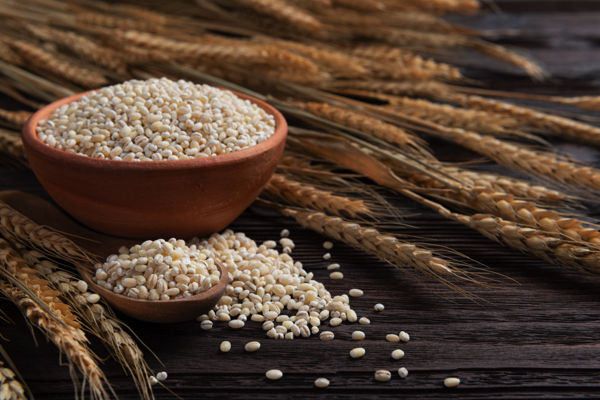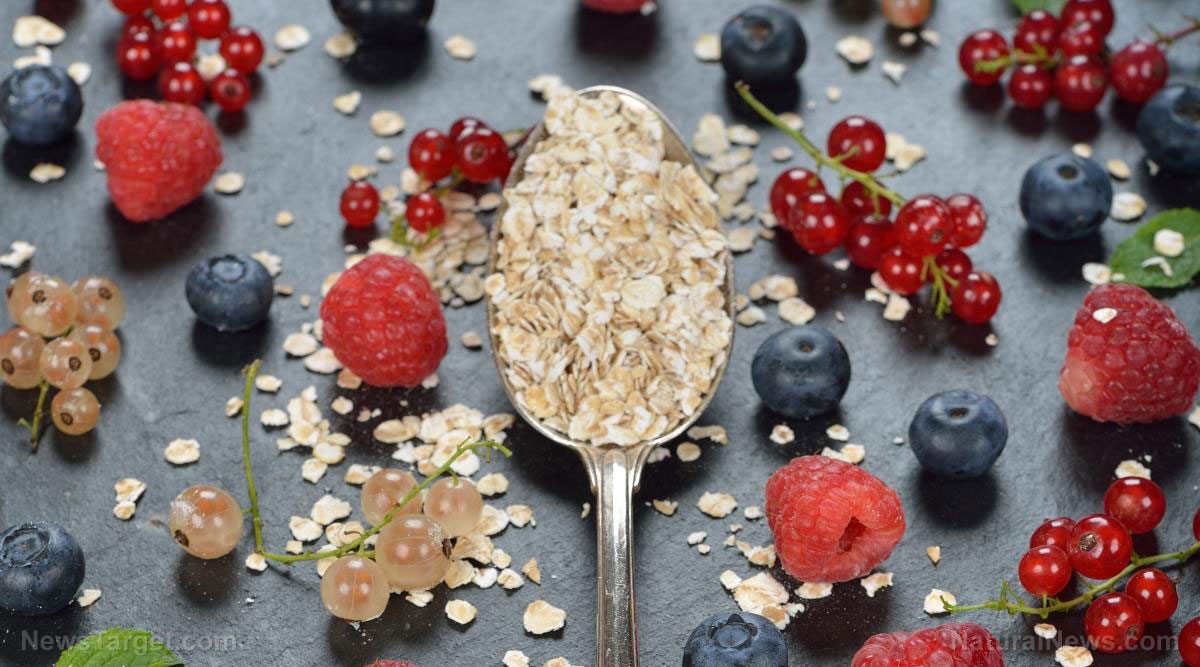Hawthorn: A timeless medicinal marvel
By avagrace // 2025-04-03
Tweet
Share
Copy

- Hawthorn (Crataegus spp.) has been used medicinally for over 2,000 years across Europe, Asia and North America. It was valued by the ancient Greeks and Romans to support heart health, used in Traditional Chinese Medicine for digestion and cardiovascular support, and associated with folklore and superstition in medieval Europe.
- Hawthorn is rich in bioactive compounds like flavonoids, phenolic acids and triterpenes, which provide antioxidant, anti-inflammatory and cardioprotective effects. Key compounds include quercetin, vitexin and rutin, which can support heart health, improve circulation and reduce oxidative stress.
- Hawthorn is renowned for improving heart function, lowering blood pressure and lowering cholesterol. It is effective in managing heart failure, angina and arrhythmias. Additionally, it can aid digestion, combats oxidative stress and has mild sedative properties that can help reduce anxiety and promote sleep.
- Hawthorn berries, leaves and flowers are used to make teas, tinctures, capsules and extracts. The berries are also used to make jams, jellies and syrups, offering a tart, slightly sweet flavor. Traditional preparations often involve steeping dried berries or flowers for tea.
- Hawthorn holds cultural significance in Celtic, Irish and English traditions, often associated with folklore and symbolism. Modern research continues to explore its therapeutic potential, solidifying its status as a medicinal marvel.
Brief history of hawthorn
Hawthorn has a rich history that spans centuries and continents. Native to Europe, North America and parts of Asia, hawthorn has been used medicinally since ancient times. The ancient Greeks and Romans valued it for its heart-supporting properties, while in Traditional Chinese Medicine, it has been used for over 2,000 years to support digestion and cardiovascular health. In medieval Europe, hawthorn was associated with folklore and superstition, often planted near homes to ward off evil spirits. The plant’s scientific name, Crataegus, was derived from the Greek words kratos (strength) and akis (sharp), a nod to its robust wood and thorny branches. (Related: Hawthorn helps manage heart conditions without any side effects.) Today, hawthorn is cultivated worldwide, with over 280 species identified. The most commonly used species for medicinal purposes are C. monogyna and C. laevigata. These species thrive in temperate climates and are often found in hedgerows, woodlands and gardens.Phytonutrients and health benefits
Hawthorn is a treasure trove of bioactive compounds, including flavonoids, oligomeric proanthocyanidins, phenolic acids and triterpenes. These phytonutrients contribute to the herb's potent antioxidant, anti-inflammatory and cardioprotective properties. Key compounds include:- Quercetin - A flavonoid known for its anti-inflammatory and antihypertensive effects.
- Vitexin - A flavonoid that supports heart health by improving blood flow and reducing oxidative stress.
- Rutin - Another flavonoid that strengthens blood vessels and lowers cholesterol levels.
- Chlorogenic acid - A phenolic acid with antioxidant and blood pressure-lowering properties.
- Epicatechin - A compound that enhances vascular function and reduces the risk of heart disease.
Hawthorn as food and medicine
Hawthorn is known by many names, reflecting its widespread use and cultural significance. Some of its common names include maythorn, whitethorn, thornapple, hawberry and May tree. The plant is easily recognizable by its small, white or pink flowers that bloom in late spring, followed by bright red berries (haws) in the fall. The berries are round and slightly oblong, with a tart, apple-like flavor. The leaves are deeply lobed and dark green, while the bark is gray and rough. Hawthorn is typically consumed in the form of teas, tinctures, capsules or extracts. Hawthorn berries, leaves and flowers are all used medicinally, with the berries being the most potent part of the plant. Traditional preparations often involve steeping dried hawthorn berries or flowers in hot water to make a soothing tea. Modern herbalists may recommend standardized extracts to ensure consistent dosing of active compounds. Hawthorn berries are also used to make jams, jellies and syrups. Their tart, slightly sweet flavor pairs well with other fruits and spices, making them a versatile ingredient in both sweet and savory dishes. Hawthorn’s unique flavor and health benefits make it a delightful addition to various recipes, such as:- Hawthorn berry jam - A tangy spread perfect for toast or pastries.
- Hawthorn and apple crumble - A comforting dessert that combines the tartness of hawthorn with the sweetness of apples.
- Hawthorn tea infusion - A soothing beverage made by steeping dried berries and flowers in hot water.
- Hawthorn syrup - A versatile syrup that can be drizzled over pancakes or used as a base for cocktails.
- Hawthorn and rosehip elixir - A nutritious drink that combines the benefits of two superfoods, hawthorn and rosehip.
More related stories:
Hawthorn helps manage heart conditions without any side effects. Give your heart a valentine: Pretty, red Hawthorn berries boost cardiac health. How to stop heart attacks and irregular heart beats in their tracks. Medical science and herbalists agree: hawthorn berries are a "great heart food". Tart, sweet and full of antioxidants: 5 Reasons to add nutrient-rich hawthorn berries to your diet. Sources include: Brighteon.ai NaturalNews.com Brighteon.comTweet
Share
Copy
Tagged Under:
natural medicine herbal medicine superfood functional food alternative medicine natural health herbs natural cures heart health food science fruits plant medicine phytonutrients organics remedies hawthorn food cures food is medicine goodhealth goodmedicine goodfood health science
You Might Also Like
Barley: A nutrient-dense ancient grain with modern benefits
By Laura Harris // Share
Oats: A nutritional powerhouse for health and wellness
By Laura Harris // Share
By News Editors // Share
Building muscle strength can cut Type 2 diabetes risk by 44%, study finds
By Willow Tohi // Share
The humble Potato: Nutritional benefits and how to enjoy it the healthy way
By Laura Harris // Share
Recent News











